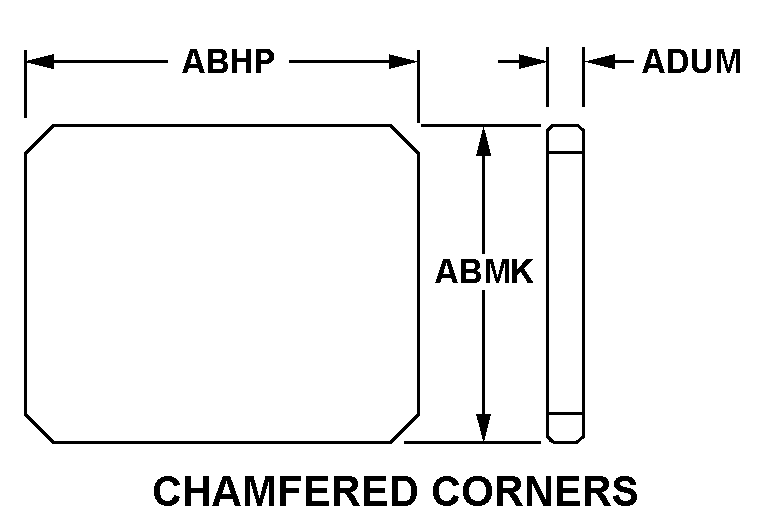9340004979761
Price Quote Get an up to date pricing and availability quote for this product. Order online or over the phone.
Quality Commitment
Serving our customers with quality and safety first.
- AS9120 Certified
- Audited supply chain
- ITAR Registered
- DDTC Registered
- HAZMAT Certified
- Customer service objectives
- Every product 100% inspected

9340-00-497-9761 Specification Set by the OEM (see RNCC code 3)
3.550in. ⁓3-9/16"
2.566in.
0.150in.
1090-00-923-5971
ground
clear
beveled
1.367 cubicin.
high light transmission
glass is mirror select (for silvering) ; element per MIL-R-6771, type i; clear aperature = entrance 66 mm x 63.5mm; surface quality = central zone 30-10, outer zone 40-20 per MIL-O-13830; light deviation not to exceed 2 min. ofarc; angle of incidence = 45 deg., white light reflectance 40% +/- 5%, absorption not to exceed 5%; edge chips allowable outside central zone, size and number per MIL-O-13830; all edges chamfered to 0.01 + x 45 deg. +/- 5 deg. ; part to be handled on edges only; 2 corners on polished sides chamfered TO0.030 in. x 45 deg.; opposite 2 corners are chamfered to 0.480 in. x 44 degrees
glass plate
DD-G-451, type i, class 1, QUALITYQ1 fed spec single material response
chamfered corners
Cross Reference Parts Part numbers that meet the specification outlined on this page and set by the OEM
Identification Item Identification Guide (IIG) and Item Name Code (INC)

Definition Definition of approved item name (AIN): "WINDOW,OBSERVATION"
A transparent item of a predetermined size that permits unobstructed and undistorted view of a desired area. It may include a frame, have reference markings, grid lines and may be heat strengthened and/or tinted. It is generally used where safety, security, and/or the restriction of foreign matter are required, such as the visual examination of the inside of pressurized tanks, liquid sights, controlled liquid flow, and inspection of equipment enclosed in a housing. See window (as modified); scale, cathode ray tube; scale, plotting; window, metal; window, wood; and window panel, aircraft.
9340-00-497-9761 Material Hazmat, Precious Metals, Criticality, Enviroment, and ESD
Indicates there is no data in the hmirs and the nsn is in a fsc not generally suspected of containing hazardous materials.
Item does not contain precious metal.
Represents items with no adp components
The item does not have a nuclear hardened feature or any other critical feature such as tolerance, fit restriction or application.
Identification Codes
HMIC: Hazardous Material Indicator Code. A one position code that identifies a hazardous item.
PMIC: Precious Metal Indicator Code. A one position code which identifies items that have precious metals as part of their content. precious metals are those metals generally considered to be uncommon, highly valuable, and relatively superior in certain properties such as resistance to corrosion and electrical conductivity.
ESD: Electrostatic Discharge. Indicates if an item is susceptible to electrostatic discharge or electromagnetic interference damage. electrostatic discharge damage occurs when an accumulation of static electricity generated by the relative motion or separation of materials is released to another item by direct contact. electromagnetic interference damage occurs when an item comes into proximity with an electrostatic or magnetic field.
ENAC: Enviromental Attribute Code. Identifies items with environmentally preferred characteristics.
CRITL: Criticality Indicator Code. Indicates an item is technically critical by tolerance, fit, application, nuclear hardness properties, or other characteristics.






